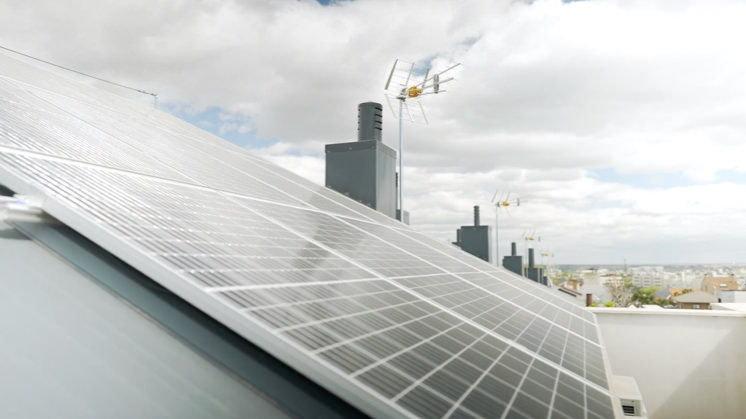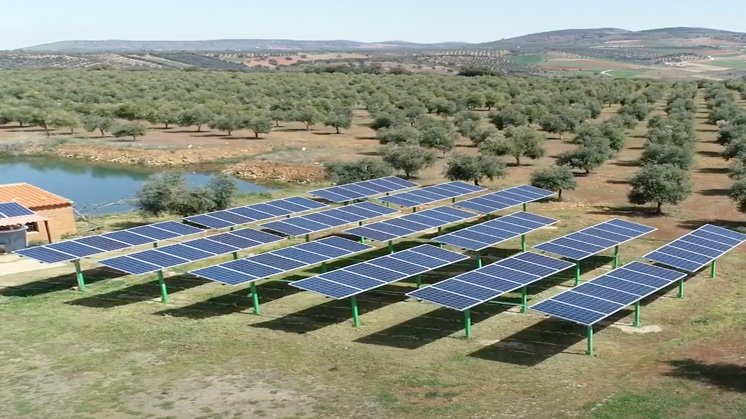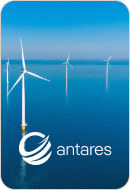Photovoltaic self-consumption
The rise of photovoltaic self-consumption: an ally in the fight against climate change
Energy efficiency Photovoltaic energy
In recent years, the rise in photovoltaic self-consumption has seen solar panels becoming a common feature in urban and rural landscapes around the world. The boom in this type of self-consumption, which is also part of the fight against climate change, is the result of technological advances, a decrease in the price of the components needed for these installations, a reduction in the amount of red tape, and help at both local and national levels.
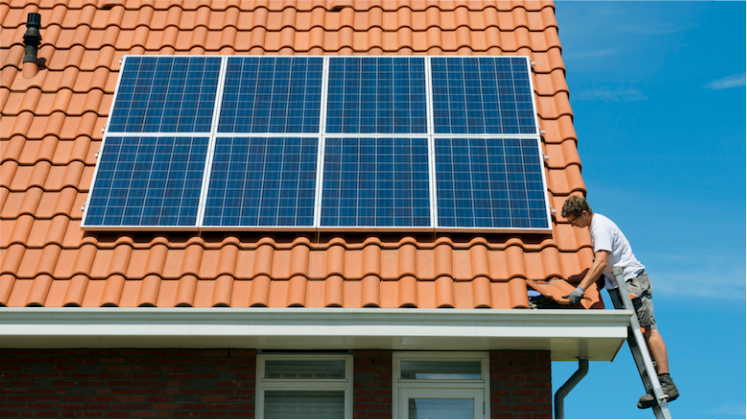

The presence of solar panels has increased in recent years due to the rise of photovoltaic self-consumption.
The term "photovoltaic" is made up of the words "photo", which comes from the Greek word "phos", meaning "light"; and "voltaic", which originated in the field of electricity, as a tribute to the physicist Alessandro Volta, who invented the battery. Photovoltaic energy can therefore be defined as energy produced by light. Although the modern era of solar technology began in 1954, when Bell Laboratories accidentally discovered that silicon semiconductors doped with certain impurities were hypersensitive to light, solar panels were not mass produced until the 1990s. They are now an essential part of the rise in photovoltaic self-consumption, which is the most widespread type of electricity generation for self-consumption.
What is PV self-consumption
Photovoltaic self-consumption occurs when individuals or companies consume the energy produced by photovoltaic generation installations located close to the place in which that energy is consumed. In addition to solar panels themselves, photovoltaic self-consumption installations include other elements such as inverters, cables, connectors and, optionally, batteries. This type of consumption not only leads to lower electricity bills, but also contributes to reducing climate change since it uses renewable energy.
Types of photovoltaic self-consumption
Leaving aside installations that are not connected to the electrical grid — usually located in rural areas —, there are two types of photovoltaic self-consumption, depending on where the excess energy is sent; i.e. energy that is not used by the owner of the facility:
Self-consumption without surpluses
These installations have an anti-waste system that prevents excess energy being exported to the grid. Batteries may be added, just as for self-consumption with surpluses, to store the excess energy and use it, for example at night or on cloudy days, especially now that the cost of lithium batteries is substantially lower.
Self-consumption with surpluses
These installations allow surplus energy to be exported to the transmission and distribution grid. Users can sell the energy to the grid or benefit from so-called net balance — also called net metering —, where the energy exported to the grid is offset in the subsequent bill (or bills), depending on the country.
The benefits of solar self-consumption
Iberdrola has consolidated its position as the benchmark company in the photovoltaic self-consumption market. Our subsidiary in Spain has commissioned more than 1,000 solar communities across the country since 2019, enabling its customers to save up to 30% on their electricity bills. In Australia, we have already installed more than 3,800 solar panels on the roofs of Adelaide Airport, a move that will help reduce carbon emissions from its terminals.
These are just a few examples of the benefits of having solar panels installed on your home or business. Here's a look at the most important ones:
 SEE INFOGRAPHIC: What are the benefits of solar self-consumption? [PDF] External link, opens in new window.
SEE INFOGRAPHIC: What are the benefits of solar self-consumption? [PDF] External link, opens in new window.
Tips for PV self-consumption
These are some of the steps and recommendations that you should follow when installing your own photovoltaic facility, to start enjoying the benefits of self-consumption:
Tips for PV self-consumption (spanish version).
Tips for PV self-consumption (spanish version).
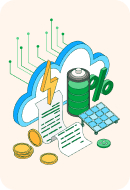
Virtual batteries
Virtual batteries are an ideal complement to energy self-consumption.
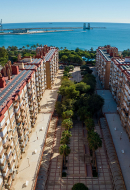
Solar Communities
What are solar communities and how do they work?

Photovoltaic plants
Photovoltaic solar energy is obtained by converting sunlight into electricity.
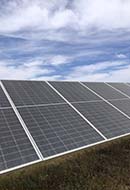
Photovoltaic solar panels: what they are
Photovoltaic solar panels are key to the implementation of solar energy.
Regulations and legislations on self-consumption
In recent years, governments all over the world have introduced measures to ease the red tape associated with self-consumption, and to offer financial incentives to users. The United Kingdom and Germany, for example, pay self-consumers per kWh that they export to the electrical grid. Italy and Chile reduce their clients' bills by an amount proportional to the kWh exported to the electrical grid, while Portugal and Australia allow net metering. This is the legal situation in other countries:
Spain
The repeal of the so-called sun tax in 2018 and the new Royal Decree 244/2019 saw the start of a new era in photovoltaic self-consumption in Spain, Europe's sunniest country. The new Royal Decree included benefits such as encouraging collective self-consumption — multi-occupancy residential buildings, business parks, etc. —; simplifying bureaucracy; and the introduction of "simplified offsetting" for surpluses, a concept similar to net metering.
Brazil
Since 2012, when Brazil regulated the Distributed Generation (DG) system, thousands of consumers, including individuals and companies, have been producing their own electricity, mainly with photovoltaic panels. As of 2022, with the enactment of Law 14 , 300, the main regulation has been updated to include a more structured compensation system for energy not consumed, which guarantees profits until 2045 for those already connected and introduces a tariff tr ansition regime for new users.
USA
At the federal level , the United States has the Federal Solar Tax Credit, a government incentive that allows self - consumers to deduct 30% of the cost of installing solar systems and home batteries from their tax returns. This incentive, extended by the Inflation Reduction Act of 2022, is in place until 2032 and will start to be phase d out starting in 2033. However, individual states can regulate self-consumption within their own borders, and, currently, over 40 states have put in place variations on net metering policies to regulate self-consumption.
Mexico
Prior to the wide-reaching energy reforms introduced by the Mexican government in late 2013, Distributed Generation (DG) was only allowed in self-consumption, with no possibility of selling surpluses to the electrical grid. However, in 2025, the enactment of the new Electricity Sector Law introduced new rules for self - consumption in Mexico, establishing a new legal figure of self - consumption that replaces the isolated supply scheme.
This concept allows the energy generated to be used exclusively for the generator's own consumption, with the possibility of feeding surpluses into the grid un der certain conditions, such as free delivery or sale to the Federal Electricity Commission , the public electricity utility. The law also requires energy back - up in cases of intermittent generation, such as from solar, either through storage systems or payment for service to the FEC.
Energy that changes lives
At Iberdrola España we believe that to inspire you have to tell stories. Stories that change lives.
Discover the webseries Energy that changes lives, created to share Iberdrola's inspiring stories in the most diverse corners of Spain. Find out how clean energy helps children with cerebral palsy, the neighbourhood of an inclusive education school and a sustainable vineyard from Concha, Elvira and Miguel.











